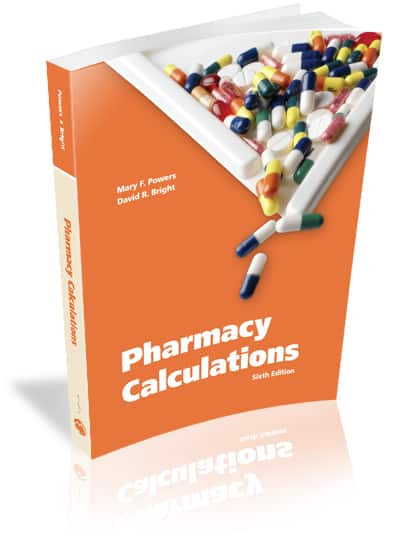Mary F. Powers, Ph.D., R.Ph., is a professor of pharmacy practice at the University of Toledo College of Pharmacy and Pharmaceutical Sciences in Toledo, Ohio, where she is also an associate dean. She received her pharmacy degree from the University of Toledo College of Pharmacy and doctor of philosophy in medical sciences degree from the Medical College of Ohio, Toledo. Powers has extensive experience in community pharmacy practice and has also served as the Pharmacy Technician Program coordinator at Mercy College of Northwest Ohio. She has been involved in teaching pharmacy technicians since 1998.

